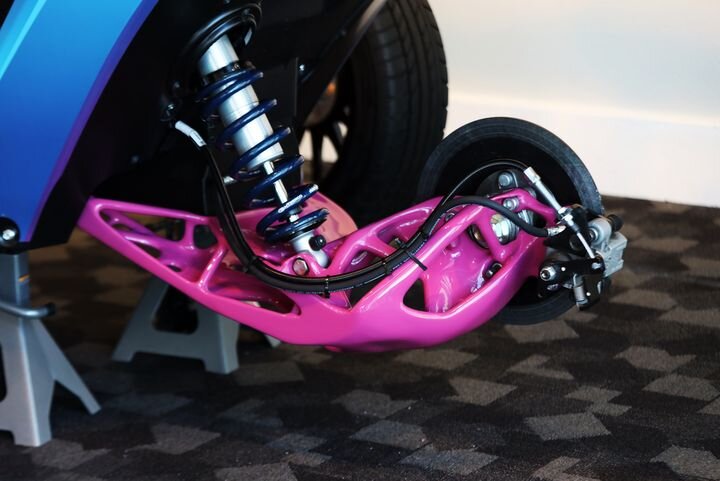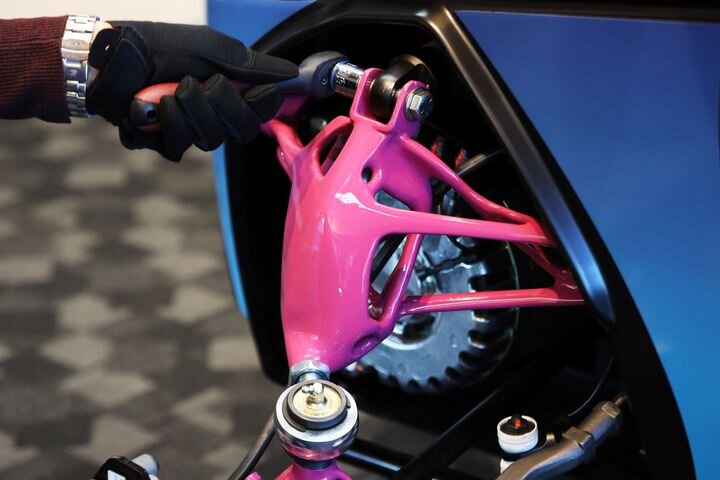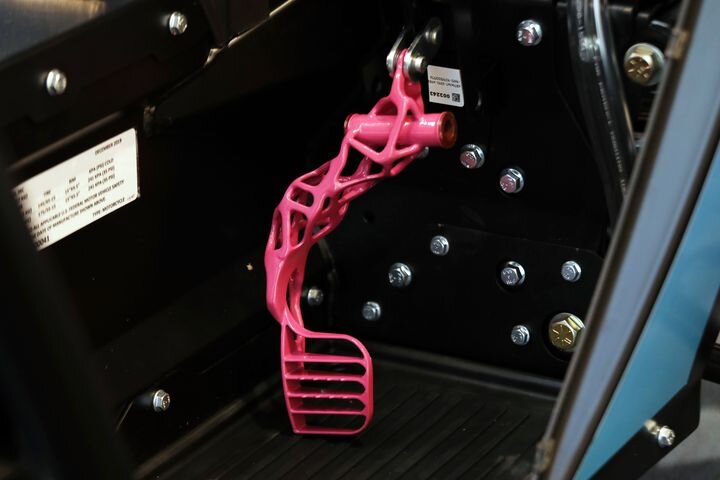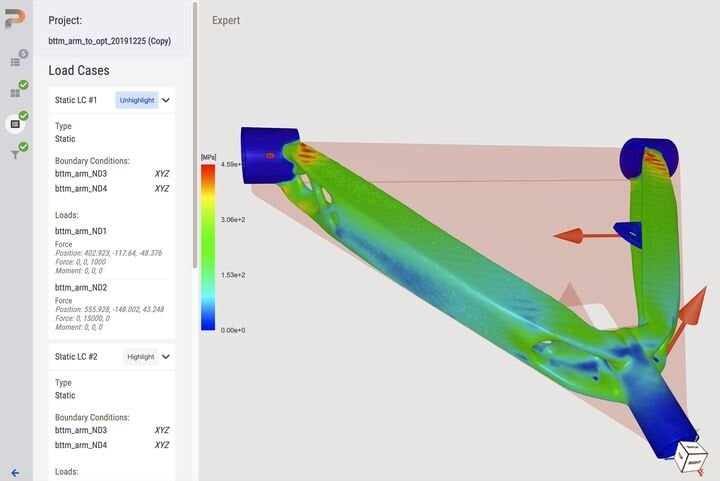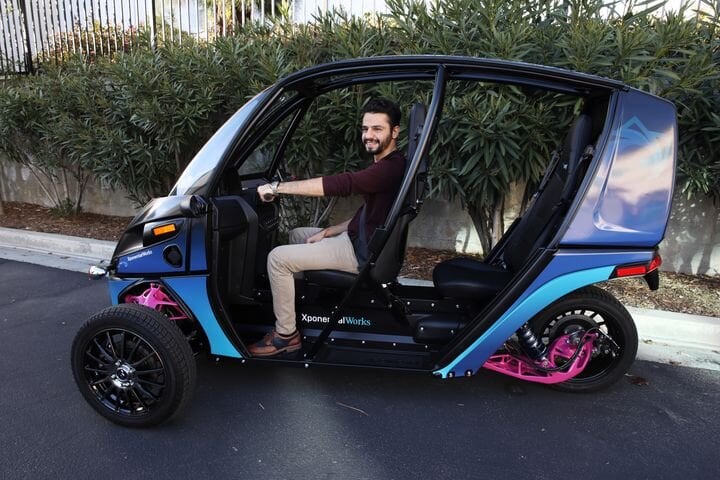
Arcimoto is a 13-year old transportation company based in Oregon that’s developing a new urban EV they call the Fun Utility Vehicle, or “FUN”.
It’s an open format, three-wheel system that seats two. It has many similarities to a motorcycle, yet it’s far more stable with three wheels. One characteristic it does inherit from motorcycles is the excitement of driving. Arcimoto’s tag line for the product is: “Your Daily Ride is Now a Joyride”. I suspect that’s part of the reason they call it “FUN”.
While the vehicle has been available at a low cost (US$20,000), they have struck a deal with XponentialWorks’ ParaMatters to make the FUN even more fun.
ParaMatters produces a sophisticated CAD system called CogniCAD, which specializes in generative design. Generative design is an approach for automatically creating 3D models by inputting requirement parameters and then allowing sophisticated algorithms create a proposed 3D model to meet them.
Usually this form of design results in a 3D model that is drastically different from conventional designs, as material tends to be used only where necessary. This almost always results in a lower-weight part, but one that can still meet or exceed the mechanical strength requirements.
However, such parts are quite complex in geometry and often require the use of 3D printing technologies to produce them. This is one of the reasons many 3D printing ventures focus on generative design: it’s good for 3D print vendors, but also good for clients receiving optimized 3D printed parts.
For a project like Arcimoto’s, this combination is ideal: not only are the parts of optimal design, but their production is also beneficial. This is because 3D printing can be done essentially overnight, whereas if the parts were to be produced using conventional approaches, a great deal of tooling and mold-making would have to be done before production can occur. Arcimoto also likely has relatively low volumes of parts required for the project, which would increase the per-part cost if made using traditional methods.
The partnership resulted in the replacement of several parts with significant weight losses:
-
Rear swing arm: Regular part to be lightweighted by up to 34%
-
Knuckle: Regular part to be lightweighted by up to 36%
-
Upper control arm: Regular part to be lightweighted by up to 52%
-
Brake pedal: Regular part to be lightweighted by up to 49%
These parts are seen in the accompanying photos, which for some reason are colored pink, perhaps so it’s easy to identify them. I suspect the production parts will not be pink.
In this image you can see how CogniCAD looks at a part, with mechanical stresses evident in the color gradient. Arcimoto designers can simply input the specifications and CogniCAD will tweak the part’s design to match. This makes the design of complex parts quite a bit easier – and faster.
The result here is an EV that is lower in weight, yet provides the same mechanical performance. But that lower weight is very significant in an EV where the battery capacity is fixed; lower weight means more distance and better acceleration.
This is a good demonstration of how 3D printing and generative design can combine to create a “win” for everyone: the vehicle designer, their design software and the end-customer.
Via ParaMatters

